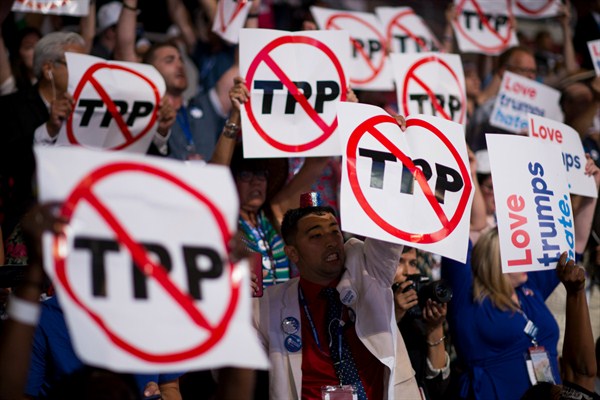U.S. President Barack Obama has promised to continue his push for Congress to approve the Trans-Pacific Partnership (TPP), despite firm opposition to the free trade agreement from both of the major candidates for president, including his former secretary of state, Hillary Clinton. “Right now, I’m the president and I think I’ve got the better argument,” he told reporters following a meeting Tuesday with Singapore’s prime minister, Lee Hsien Loong.
But what are the actual arguments about the TPP? For all the heated debate over the deal, which would free up trade among the United States, Japan and 10 other Pacific Rim nations, many of the central provisions of the 2,000-page trade deal are not well understood. If approved, the TPP would do much to write the rules of trade for the next generation in the most economically dynamic region of the world. But what would those rules be? Here are half a dozen of the more significant, and contentious, items.
• Automobiles and Auto Parts. Trade in cars and parts is bigger than any other sector covered under the deal; the U.S. and Japan are the world’s second- and third-largest producers after China, and Mexico is seventh. Import tariffs on cars average 40 percent in Vietnam, 23 percent in Mexico, and 19 percent in Malaysia. All will gradually be eliminated under the TPP. U.S. tariffs on light trucks—which are the biggest-selling category of vehicles in the country, led by Ford’s F series—are 25 percent. The U.S. will eliminate that tariff, but to appease U.S. carmakers, not until 30 years after the agreement goes into effect, a far longer timeframe than any other free trade agreement ever negotiated.

